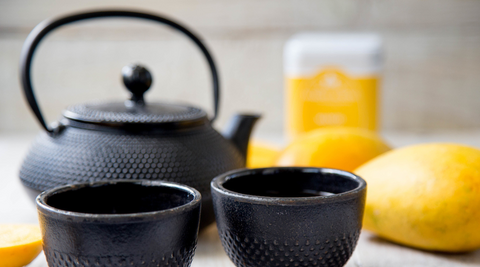
The secret of decaffeinated tea
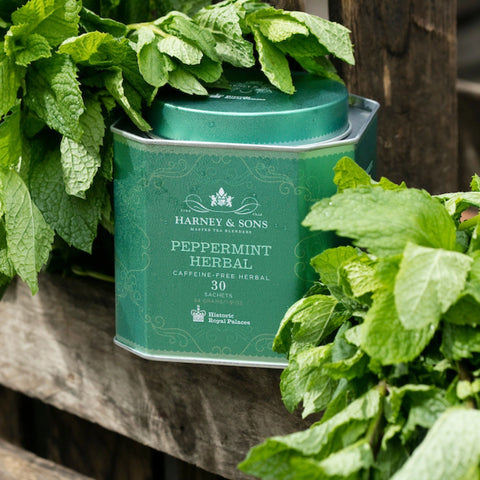
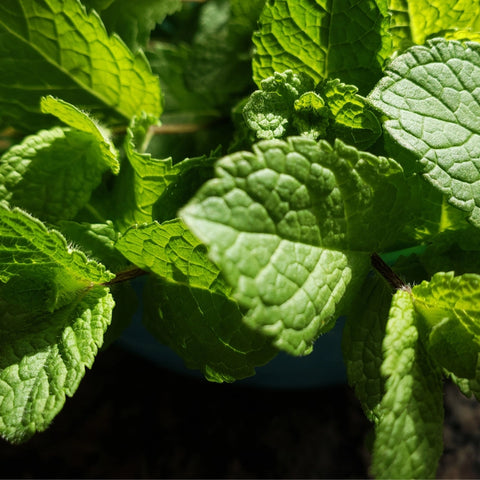
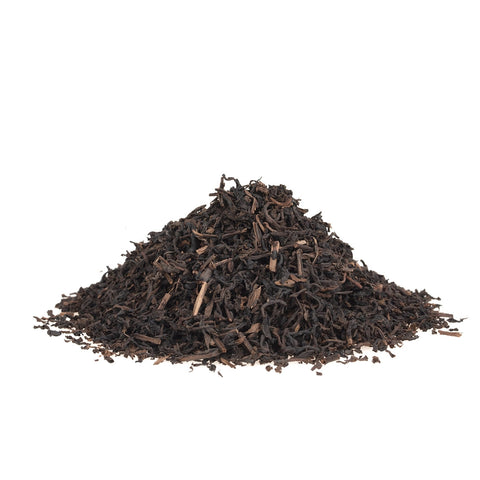
All teas, which come from the Camellia Sinensis plant, naturally contain caffeine. This substance acts as one of the many defense mechanisms that help us cope with a difficult work week. Even though tea leaves contain more caffeine per kilogram than coffee, we don't have to worry about overdose. It is unlikely that we would be able to drink a kilogram of tea at once. The amount of tea commonly consumed is much smaller. In fact, we would have to drink three cups of tea to contain the same amount of caffeine as one cup of coffee.
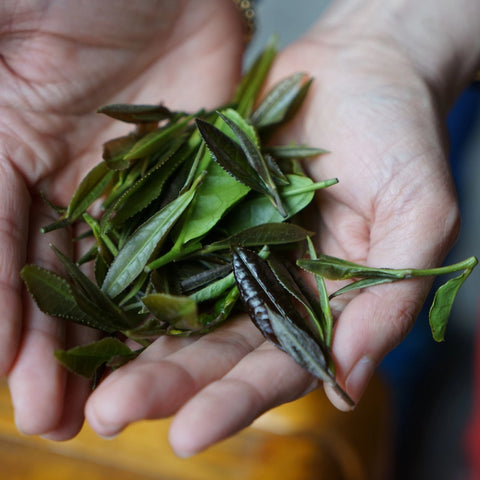
Method of decaffeinating tea with carbon dioxide (CO2)
The method of decaffeination of tea using carbon dioxide (CO2) is a sophisticated way to remove caffeine from tea leaves without compromising their taste quality. This process uses CO2 at high pressure and temperature. Under these conditions, carbon dioxide acts as a liquid solvent, attracting caffeine and removing it from the tea. This leaves the aroma and flavors of the tea intact. This method combines technological advances with the preservation of the taste and quality of the tea, allowing us to enjoy the tea experience without excessive caffeine.
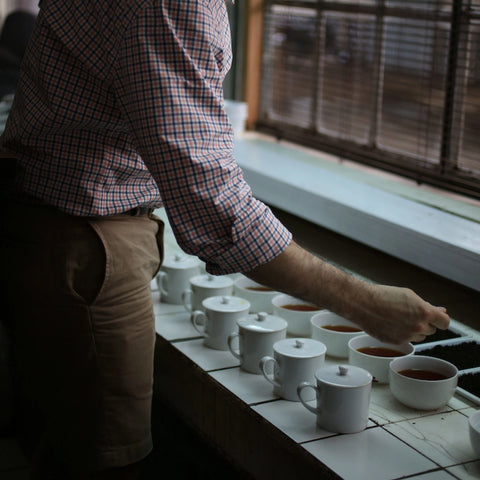
Decaffeination method with ethyl acetate
The ethyl acetate decaffeination method is a method of removing caffeine from the tea contained in our tea bags. In this process, the caffeine binds to ethyl acetate molecules, which are then removed. Our customers prefer this method for our tea bags.

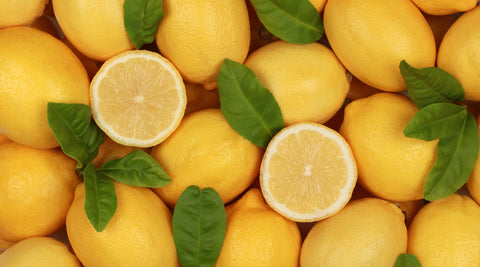
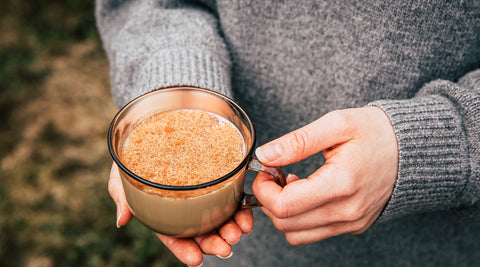

Comments (0)
There are no comments for this article. Be the first one to leave a message!